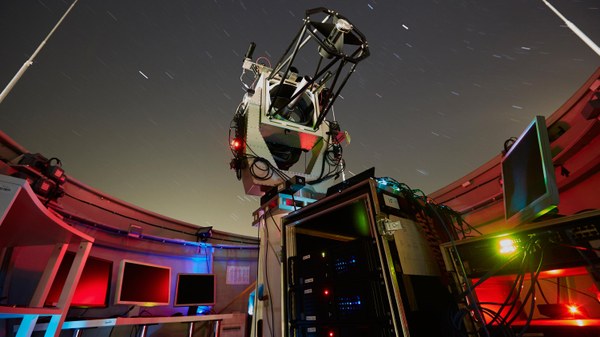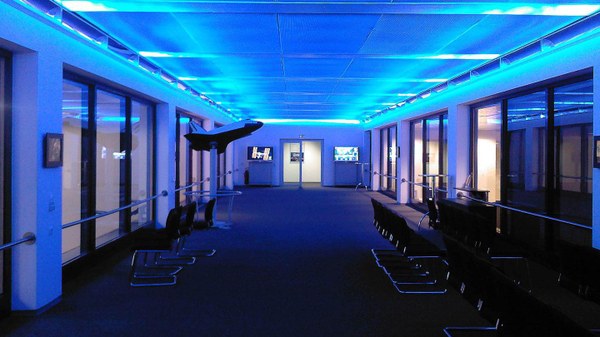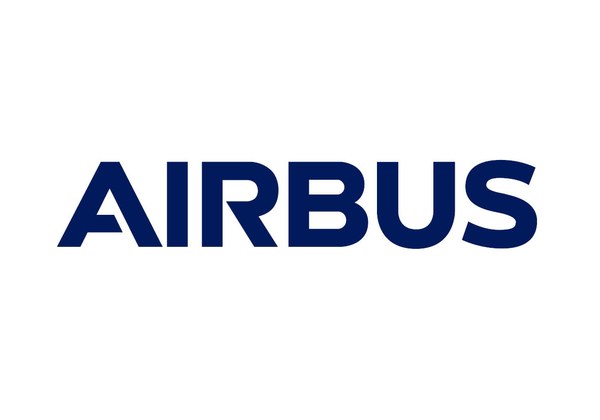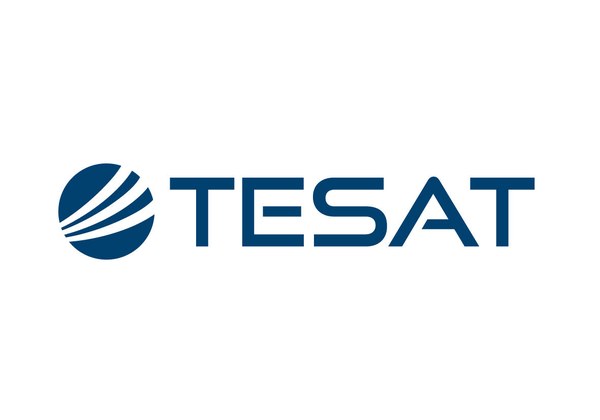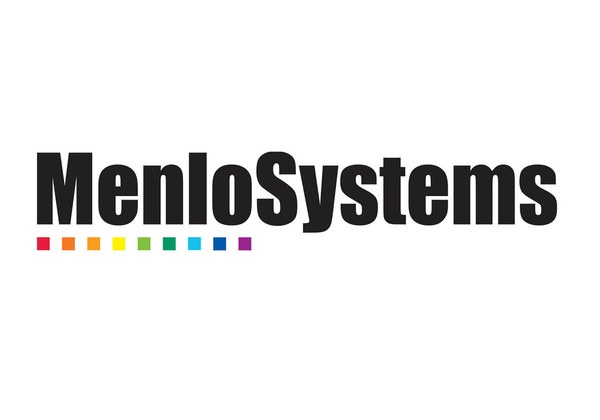COMPASSO
COMPASSO is a DLR project to test optical technologies on the Bartolomeo platform attached to the International Space Station (ISS), and to compare their performance with existing systems.
Compact, highly stable, laser-optical clocks will significantly improve future generations of Global Navigation Satellite Systems (GNSSs), such as the European Galileo system. When combined with optical communications (laser links) to ground infrastructure and between GNSS satellites, they will result in a higher accuracy of position determination on the Earth. At the same time, it will be possible to reduce the complexity and size of GNSS ground infrastructure.
The COMPASSO payload
COMPASSO will be used to qualify novel, laser-optical technology for use in space. The project is currently focusing on an iodine clock developed by the DLR Institute of Quantum Technologies, a frequency comb developed by the company Menlo Systems, and a further development of the laser terminal developed in DLR's OSIRIS programme - a joint development of the DLR Institute of Communications and Navigation and the company TESAT.
The primary objective of COMPASSO is to pave the way for long duration (10 to 15 years) operation of laser-optical technology, both in future generations of the Galileo system and in scientific space missions, e.g. GRACE-FO, the successor to the Gravity Recovery and Climate Experiment, or the Next Generation Gravity Mission (NGGM), or the Laser Interferometer Space Antenna (LISA).
The COMPASSO payload will be mounted on, and operated from, the Bartolomeo platform attached to the Columbus module on the International Space Station (ISS). Developed under the leadership of Airbus, the platform can accommodate up to twelve external payloads and offers a unique opportunity for demonstration and verification missions in space, especially as the operational concept includes the return of payloads at the end of their mission period.
The COMPASSO Mission
The Mission Scenario of COMPASSO can be roughly divided into three phases:
Phase 1:
Payload development and launch:
During this phase, the individual payload subsystems will be developed, tested and integrated onto the ArgUS carrier. A period of about four years is planned for this phase.
Phase 2:
Experimental phase on the ISS:
The planned mission experiments will be performed during this phase. It will last about 1.5 years.
Phase 3:
Return and validation:
In this phase, the mission will be concluded, and the subsystems will be dismantled, returned to Earth and handed over to DLR for tests and evaluation.

Details of the (current) Payload
COMPASSO uses two absolute frequency references based on the Doppler-free spectroscopy of molecular iodine. Both references can be stabilised on the same or on different (nearby) hyperfine transitions. An optical frequency comb transfers the frequency stability of the two references from the optical to radio frequency range. In addition, the frequency comb can be referenced to an on-board microwave reference such as a Galileo Rubidium Atomic Frequency Standard (RAFS) or a high power crystal oscillator (OCXO), thereby allowing multiple comparative measurements to assess the frequency stability in the relevant time period of the clocks.
A bi-directional optical Laser Communication and Ranging Terminal (LCRT) enables time and frequency transmission between the stable clock signals on the ISS and on Earth - together with clock synchronisation, high-precision ranging (distance measurement) and data communications. By comparing the absolute frequency of the iodine reference operated in orbit with the corresponding value on the ground, an analysis of the gravitational red shift can even be used as a test of the general relativity theory.
The core components listed above will form the COMPASSO payload once they are integrated and installed on the Bartolomeo ArgUS Multi-Payload Carrier. The physical data connection will be provided via a GOLD-2 connector. The physical accommodation of the COMPASSO subsystems on the ArgUS carrier shall comply with the internal dimensions and mass limitations of the Cargo Transfer Bag (CTB) in the largest volume available for launch in the pressurised compartment of an ISS visiting vehicle. The COMPASSO payload will be compatible with the dimensions of the Bishop airlock and the Cygnus Visiting Vehicle hatch on the ISS.


Projekt im Galileo Kompetenzzentrum: COMPASSO
Your consent to the storage of data ('cookies') is required for the playback of this video on Youtube.com. You can view and change your current data storage settings at any time under privacy.


